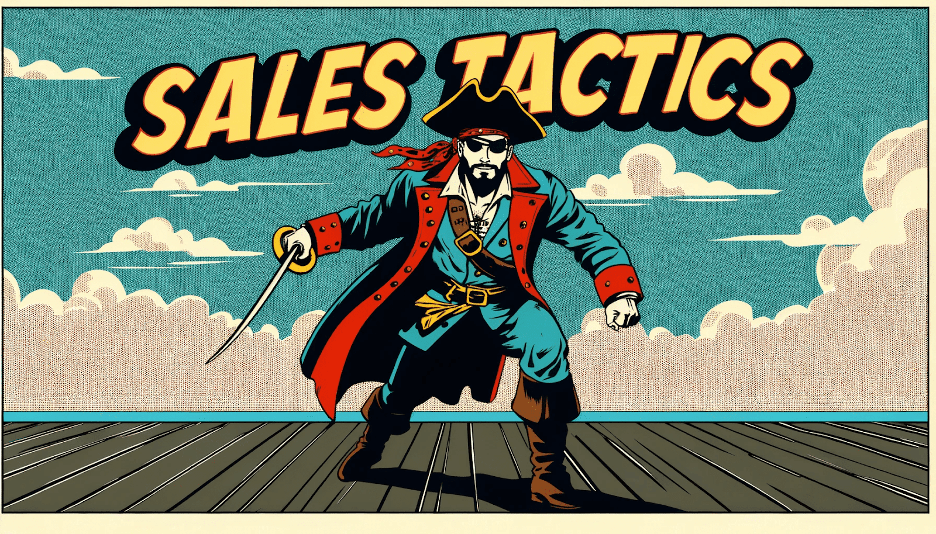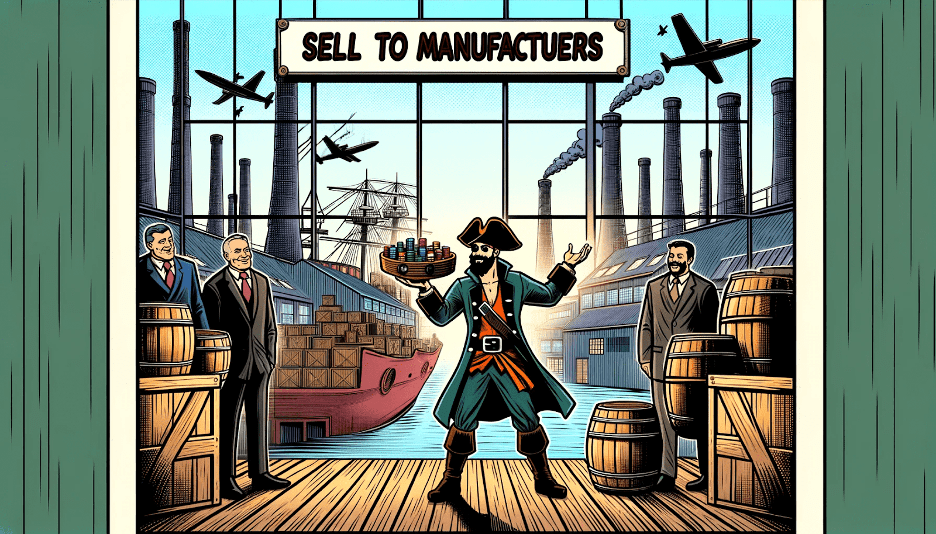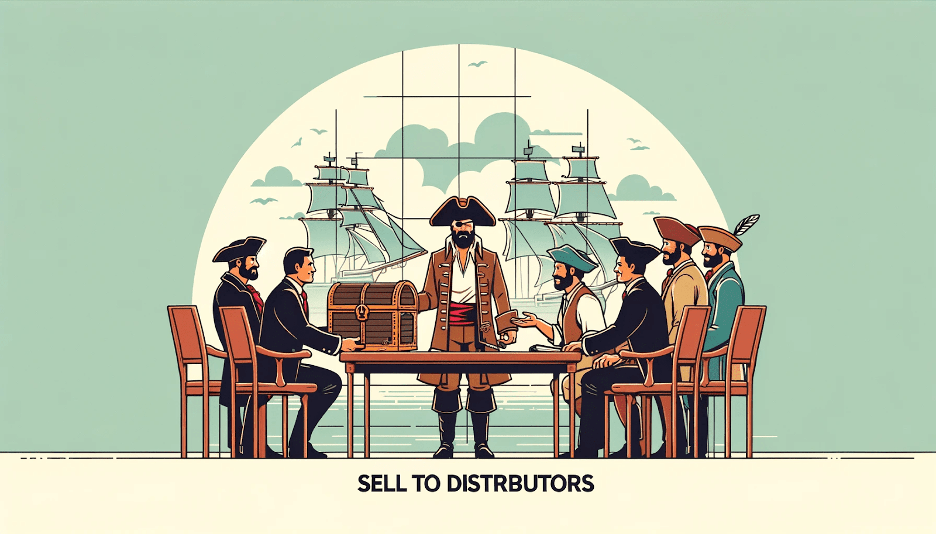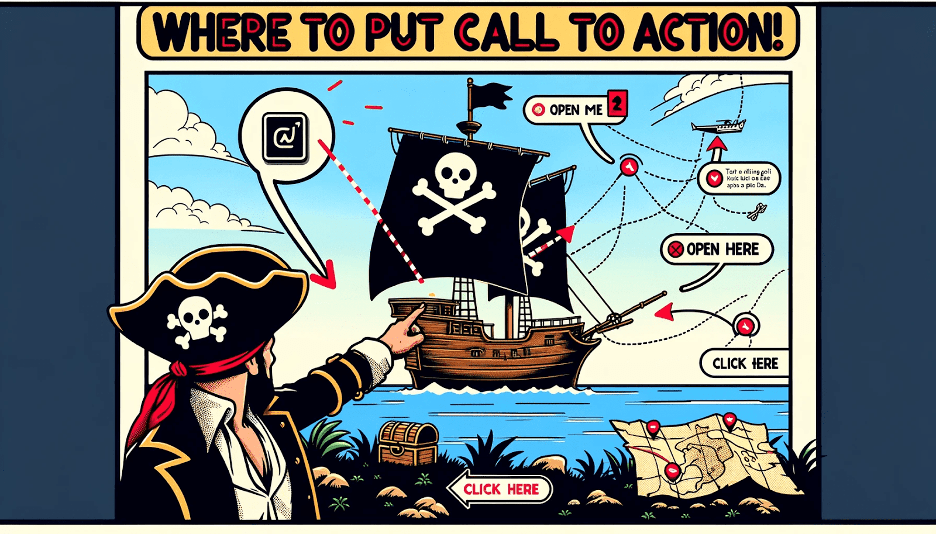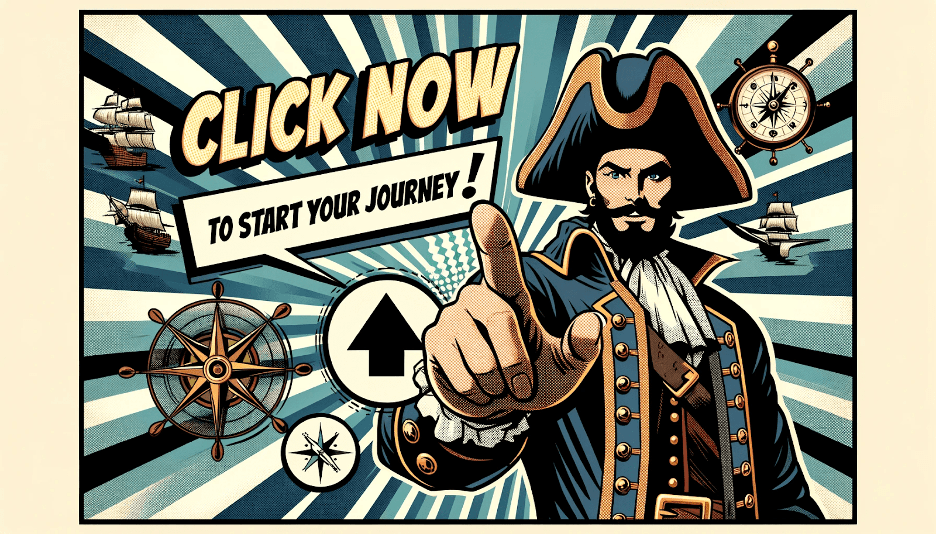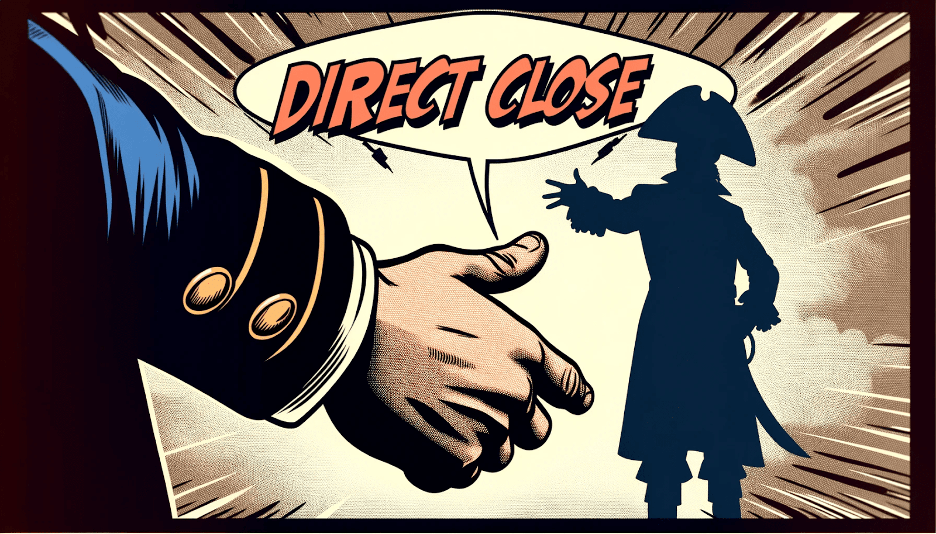
The Direct Close: A Clear and Assertive Approach
The Direct Close is characterized by its straightforwardness and clarity. It involves explicitly stating the action you desire from your audience. This method is particularly effective when the objective is clear-cut and the audience is already primed for a decision. In the marine industry, this could manifest in various forms, such as a call to purchase a specific product, sign a contract, or engage in a particular service.
We are a marketing, advertising, and branding firm for the maritime industry. Our services are designed to help mission-driven businesses clarify positioning, expand reach, and increase revenues. Request a Free Strategy Call or just shoot me an email at mcharette@boatsquarterly.com
In the direct close, you ask specifically for the action you’re looking for. Vote for me, sign on the dotted line, buy my product, visit our website. This approach leaves no room for ambiguity, ensuring that the audience is acutely aware of the exact action expected of them.
However, it’s important to note that the Direct Close can be perceived as aggressive. It demands an immediate response, which can be off-putting for some audiences. Therefore, it’s crucial to gauge the audience’s readiness and openness to direct requests before employing this technique.
The Indirect Close: Highlighting the Pain Points
The Indirect Close, in contrast, is more subtle yet equally powerful. It focuses on reminding the audience of the ongoing issues or ‘pain points’ they face, which can be alleviated by taking the suggested action. This method is particularly effective in situations where the audience may not be immediately ready to commit or when the decision involves a more complex consideration process.
An indirect close reminds the audience of the pain that they will continue to suffer until they do your action. What’s the pain that the audience will suffer until they implement your action? In the context of the marine industry, this could involve highlighting the challenges of inefficient maritime operations, the cost implications of outdated equipment, or the environmental impact of current practices.
By focusing on these pain points, the Indirect Close creates a sense of urgency and need, subtly guiding the audience towards the desired action without directly demanding it. This approach can be particularly effective in creating a lasting impact, as it connects emotionally with the audience, making them internalize the need for change.
Application in the Marine Industry
In applying these techniques to the marine industry, it’s essential to tailor the approach to the specific context and audience. For instance, when introducing a new marine technology, a Direct Close might involve a clear call to invest in this technology to enhance efficiency and safety. Conversely, an Indirect Close would focus on the risks and costs associated with not adopting this new technology, emphasizing the long-term benefits of making the change.
Conclusion
Both the Direct and Indirect Closes are powerful tools in the arsenal of persuasive communication. By understanding and adeptly applying these techniques, professionals in the marine industry can effectively influence decisions and drive action. Whether it’s through a clear, assertive call or by subtly highlighting the consequences of inaction, the key lies in understanding the audience and context to choose the most effective approach.
MIDA.PRO – Marine Industry Digital Agency – Web dev / Marketing
Podcast – SHIPSHAPE INTERNATIONAL OCEAN INSIGHT
